Hundreds die in Air India crash with 1 survivor
The London-bound Air India Boeing 787 Dreamliner crashed soon after takeoff

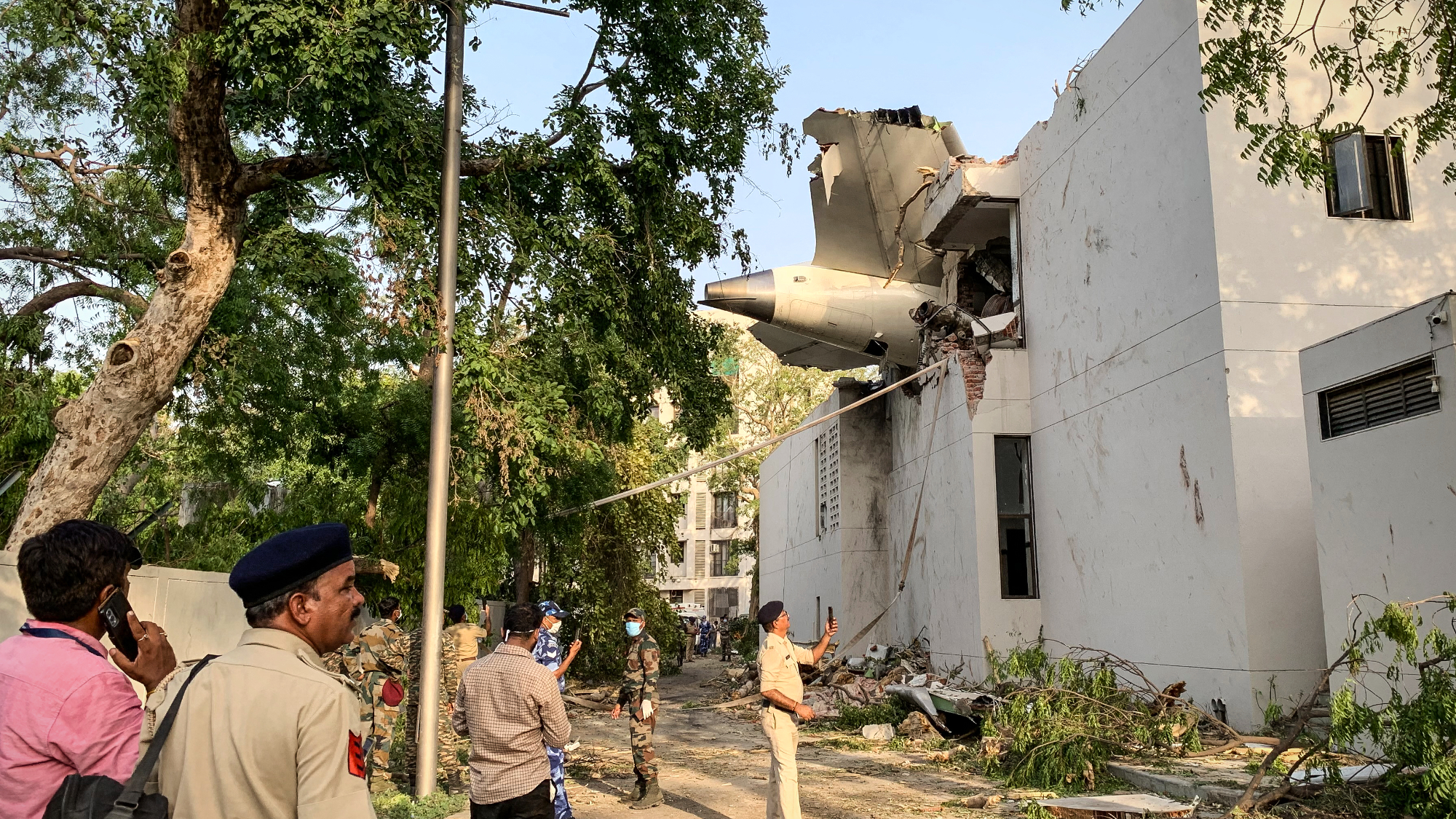
What happened
A London-bound Air India flight crashed into a residential area of Ahmedabad seconds after takeoff yesterday, killing 241 or 242 passengers and crew and more than two dozen people on the ground, including at least five medical students in a hostel hit by the plane.
The only surviving passenger, British national Vishwash Kumar Ramesh, told medics he was thrown from the plane as it split in two. It was the first fatal crash of a Boeing 787 Dreamliner and the deadliest aviation disaster in India since 1996.
Who said what
About "30 seconds after takeoff, there was a loud noise and then the plane crashed," Ramesh told the Hindustan Times. "When I got up there were bodies all around me." His brother told Sky News that Ramesh "video-called my dad and said, 'Our plane crashed — I have no idea how I got outside, or how I survived.'" Most of the people on the flight were Indian nationals, but 52 British passengers, seven Portuguese and one Canadian also died in the crash.
The Week
Escape your echo chamber. Get the facts behind the news, plus analysis from multiple perspectives.

Sign up for The Week's Free Newsletters
From our morning news briefing to a weekly Good News Newsletter, get the best of The Week delivered directly to your inbox.
From our morning news briefing to a weekly Good News Newsletter, get the best of The Week delivered directly to your inbox.
What next?
Outside experts speculated, based on CCTV footage, that the plane may have lost altitude and crashed due to a bird strike, "extremely rare double engine failure," improperly set flaps or heat-related lift issues, the BBC said. "Early hypotheses often are ruled out during lengthy, technical crash investigations," The New York Times said.
A free daily email with the biggest news stories of the day – and the best features from TheWeek.com
Peter has worked as a news and culture writer and editor at The Week since the site's launch in 2008. He covers politics, world affairs, religion and cultural currents. His journalism career began as a copy editor at a financial newswire and has included editorial positions at The New York Times Magazine, Facts on File, and Oregon State University.
-
 Into the Woods: a ‘hypnotic’ production
Into the Woods: a ‘hypnotic’ productionThe Week Recommends Jordan Fein’s revival of the much-loved Stephen Sondheim musical is ‘sharp, propulsive and often very funny’
-
 ‘Let 2026 be a year of reckoning’
‘Let 2026 be a year of reckoning’Instant Opinion Opinion, comment and editorials of the day
-
 Why is Iran facing its biggest protests in years?
Why is Iran facing its biggest protests in years?TODAY’S BIG QUESTION Iranians are taking to the streets as a growing movement of civic unrest threatens a fragile stability
-
 Navy jet, helicopter crash half-hour apart off carrier
Navy jet, helicopter crash half-hour apart off carrierSpeed Read A US Navy helicopter and a fighter jet both crashed in the same half-hour during separate operations
-
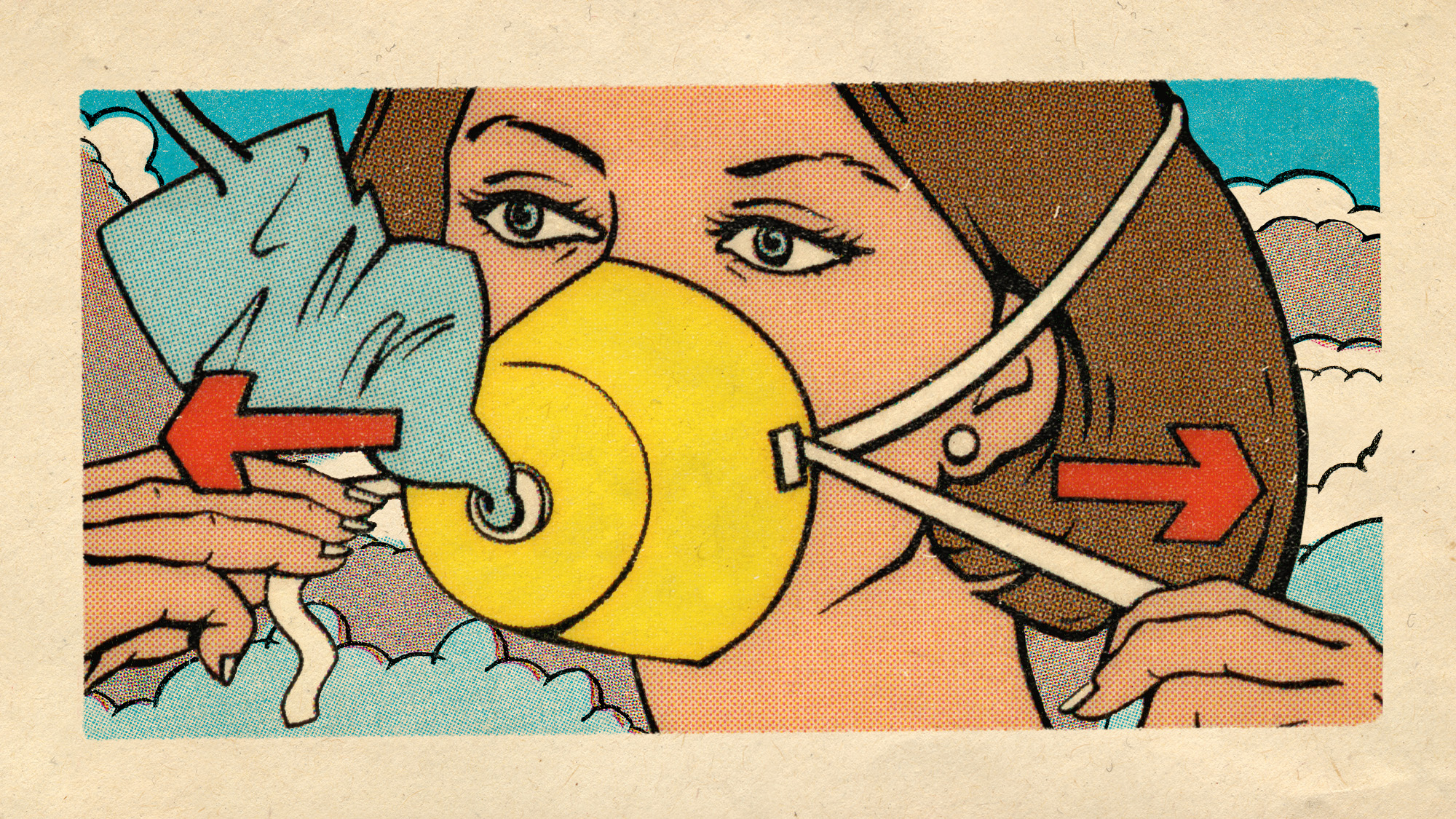 Toxic fumes on airplanes might be making you sick
Toxic fumes on airplanes might be making you sickUnder the Radar Aircraft manufacturers have allegedly downplayed the risks
-
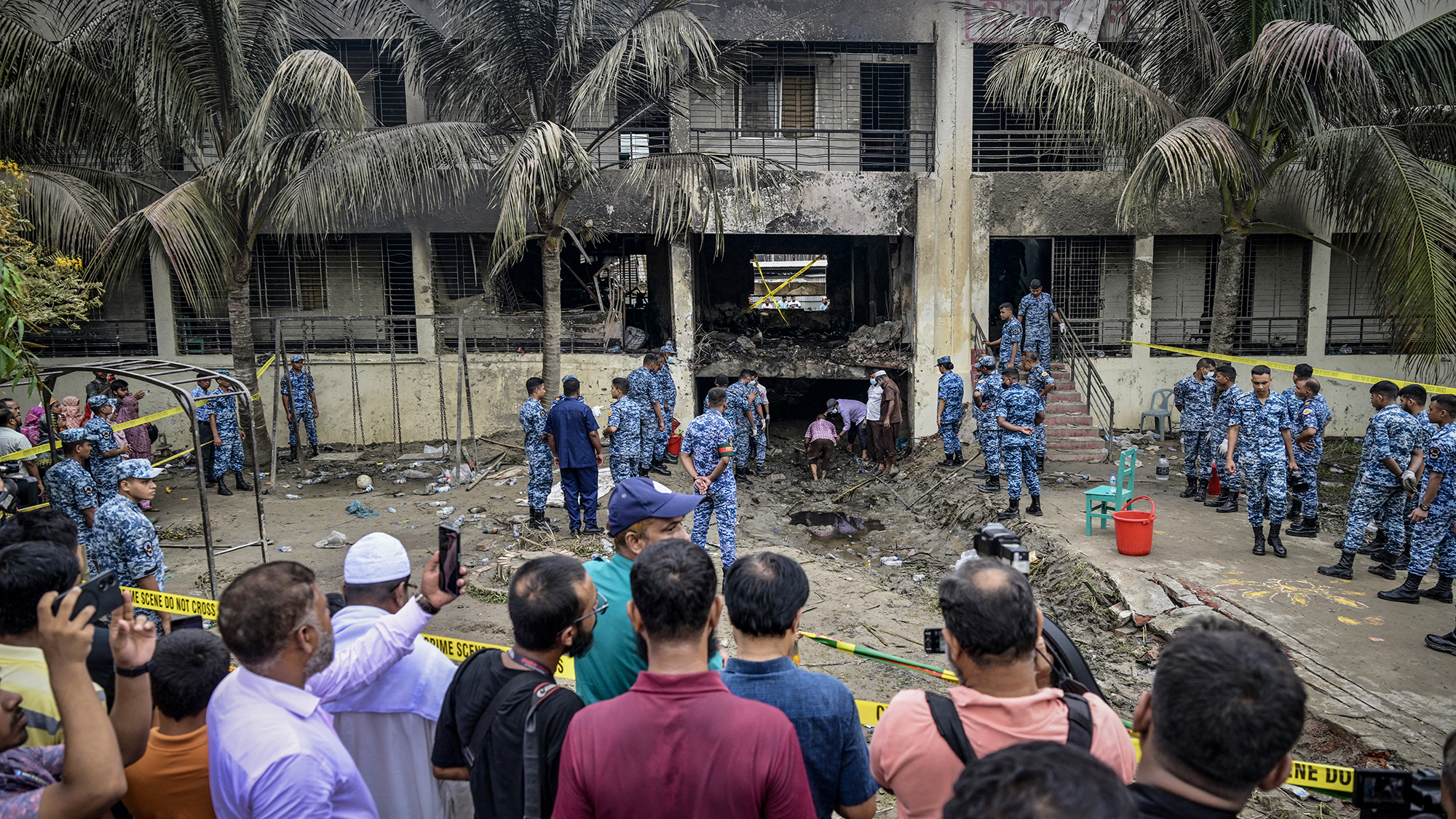 Bangladesh plane crash kills at least 25 children
Bangladesh plane crash kills at least 25 childrenSpeed Read A fighter jet experienced a mechanical failure and crashed into a school in Dhaka
-
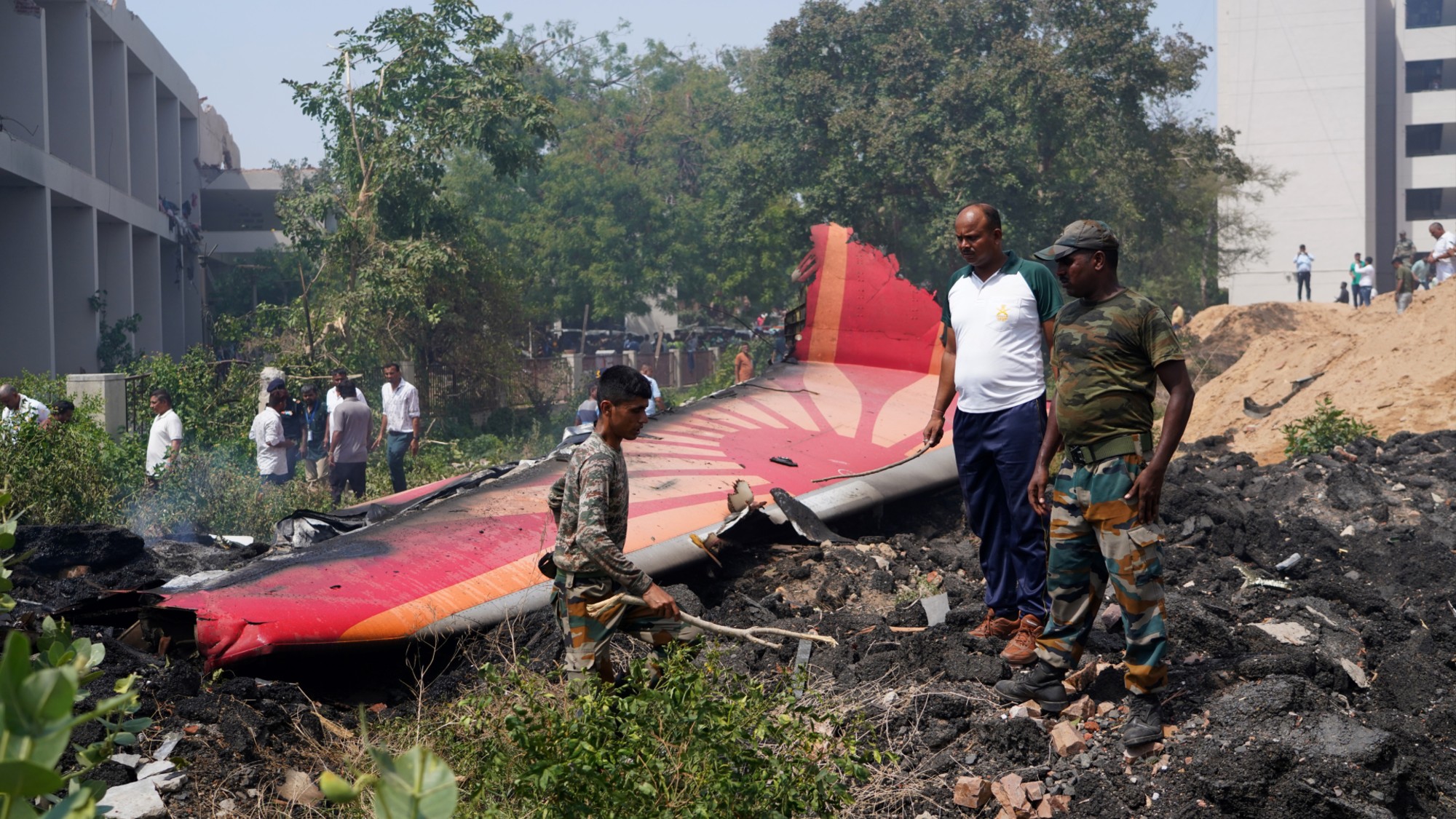 Air India crash highlights a new problem for Boeing: the Dreamliner
Air India crash highlights a new problem for Boeing: the DreamlinerIn the Spotlight The 787 had never been in a fatal crash before
-
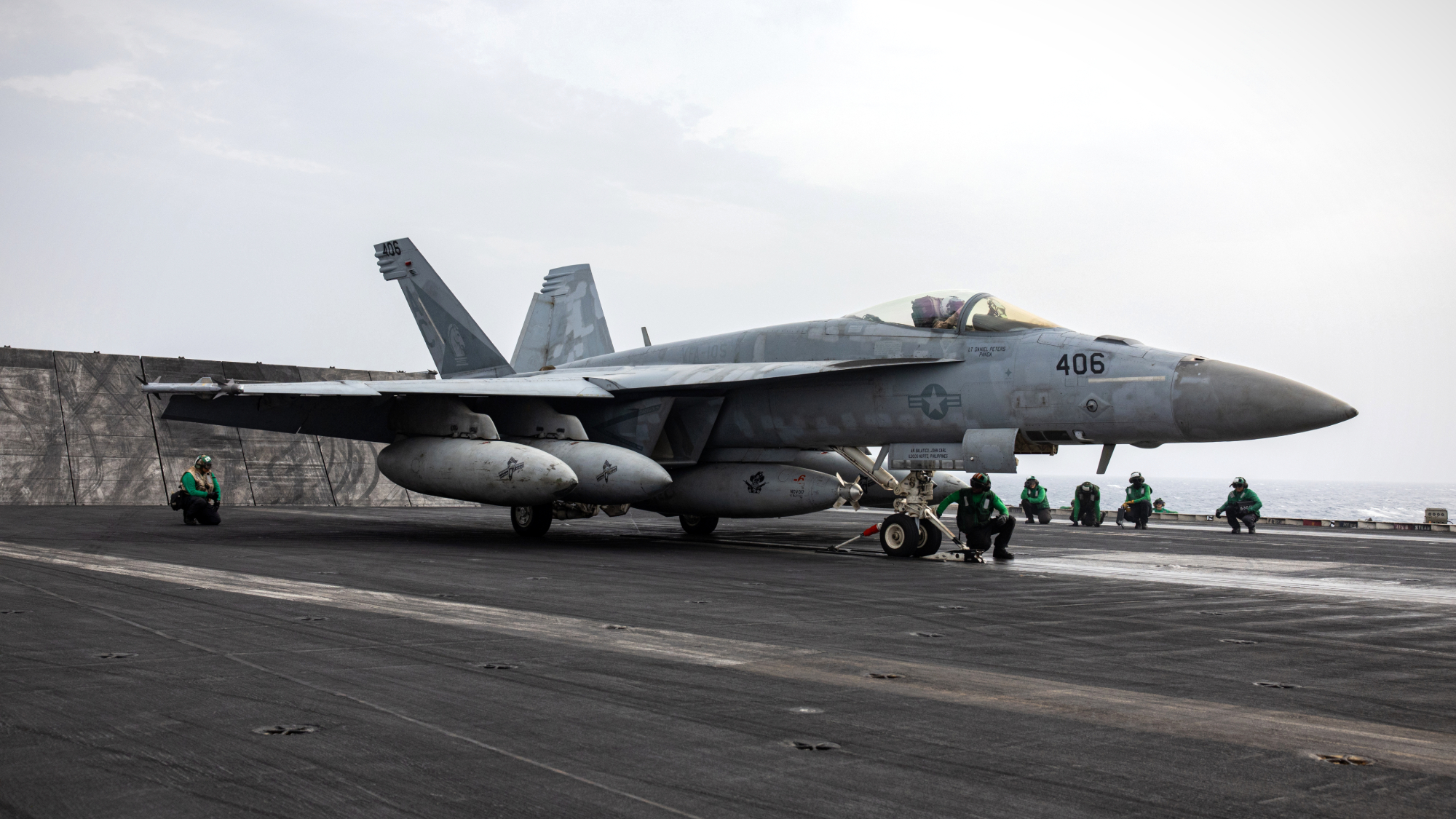 Navy loses $60M fighter jet from aircraft carrier deck
Navy loses $60M fighter jet from aircraft carrier deckSpeed Read A fighter jet slipped off the deck of the USS Harry S. Truman and was lost at sea
-
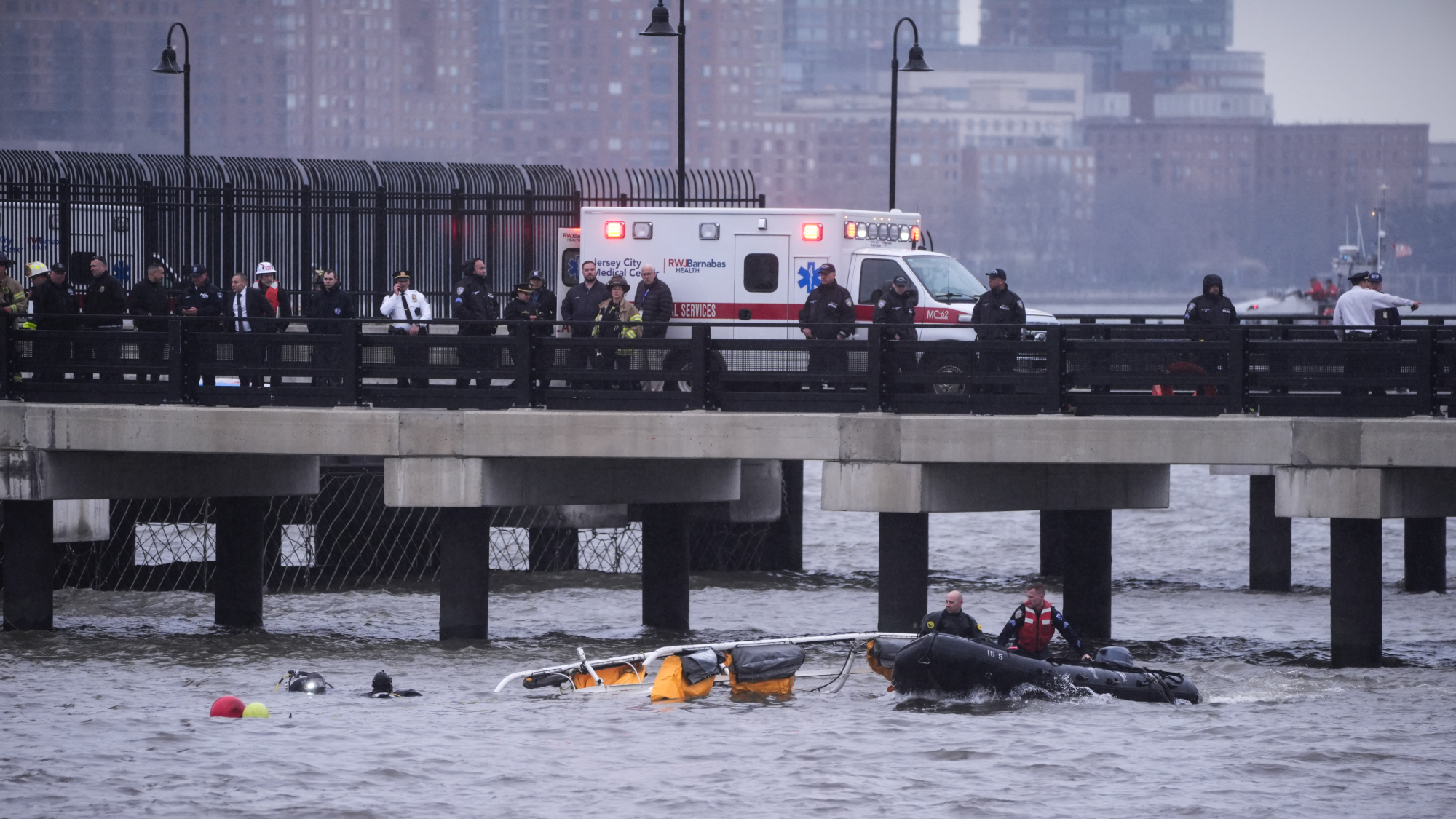 New York helicopter crash kills family, pilot
New York helicopter crash kills family, pilotspeed read A sightseeing helicopter crashed into the Hudson River, killing a family of Spanish tourists
-
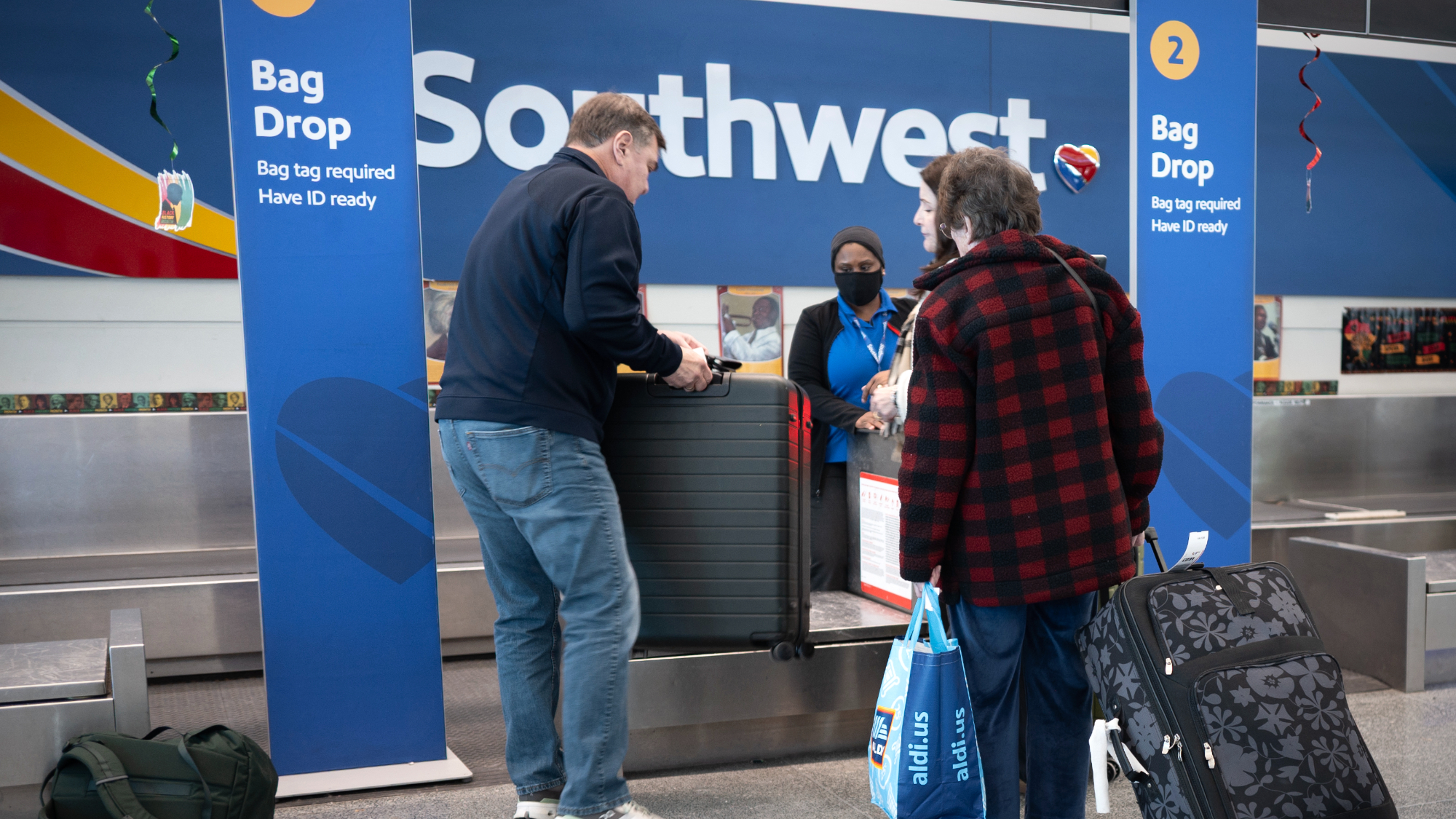 Southwest joins rival airlines on paid baggage
Southwest joins rival airlines on paid baggageSpeed Read The company is ending its longtime free-luggage policy
-
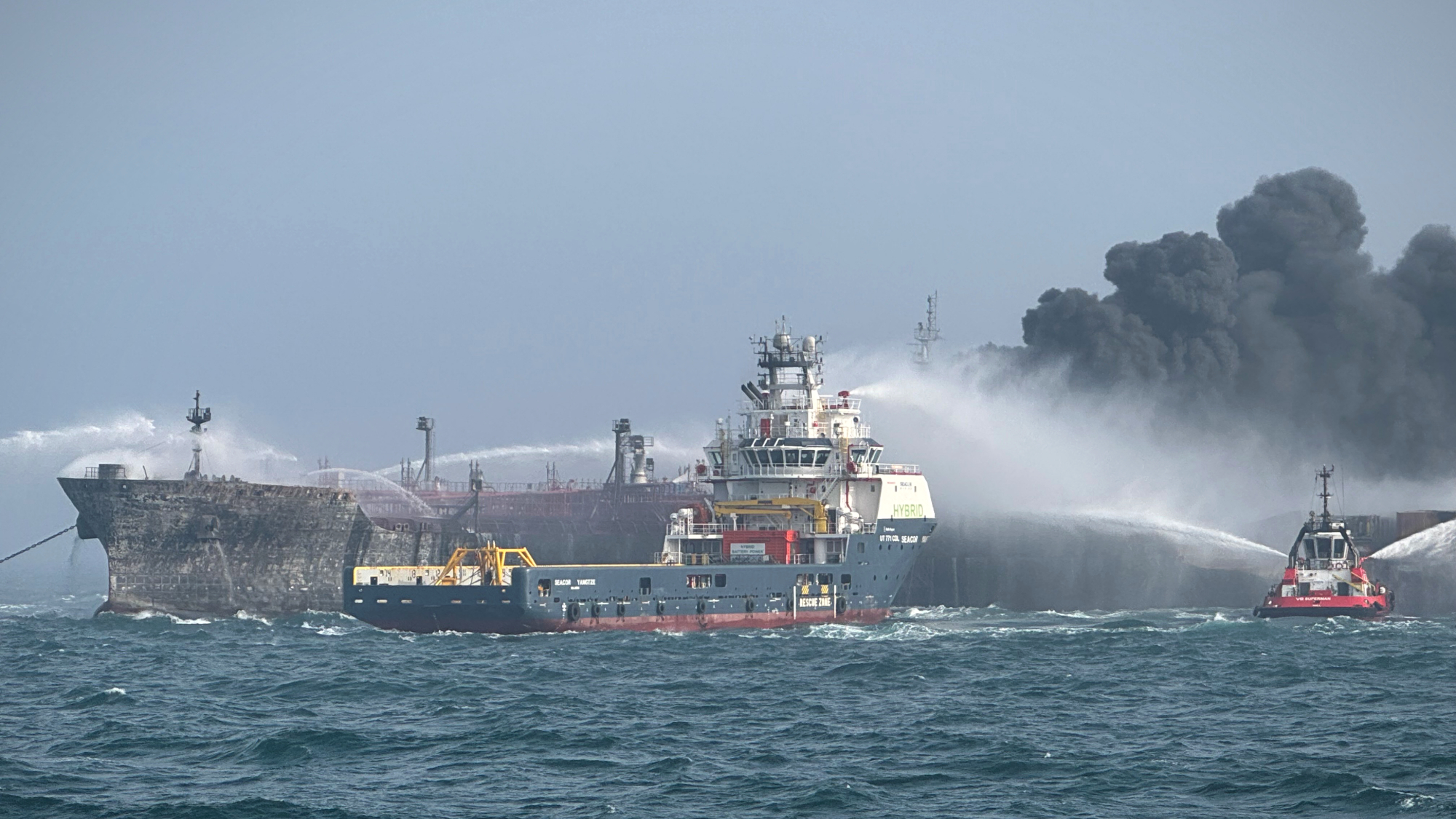 US jet fuel tanker, cargo ship collide off UK coast
US jet fuel tanker, cargo ship collide off UK coastSpeed Read A cargo vessel carrying a toxic chemical collides with a US-military chartered oil tanker in the North Sea
